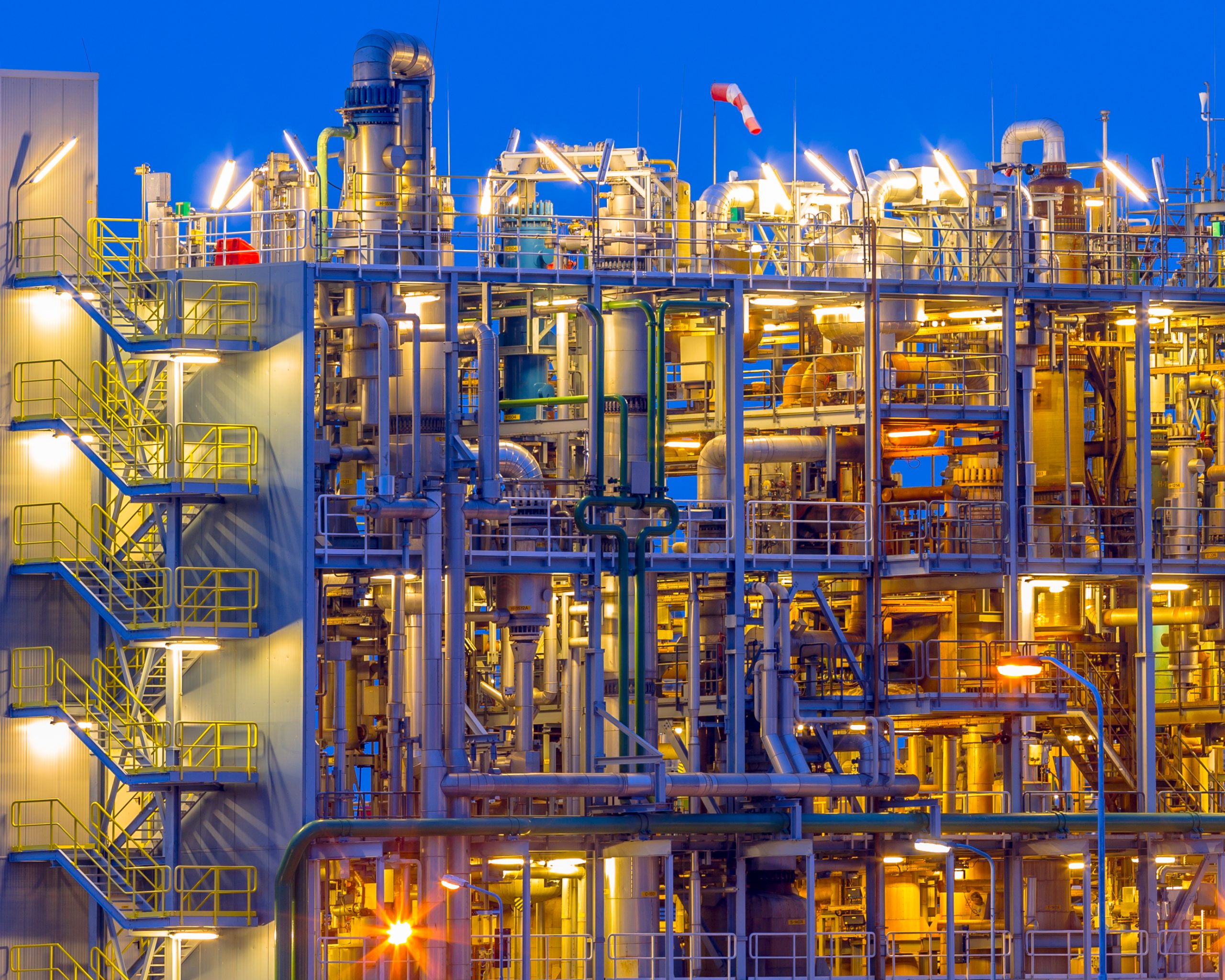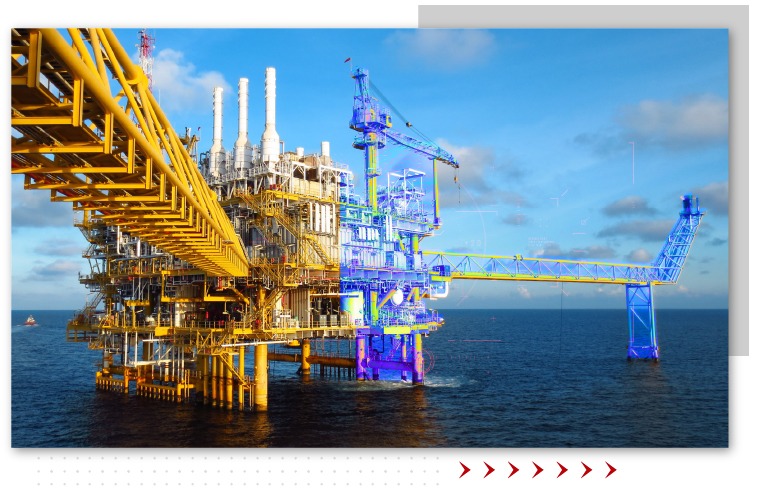Asset management brings together some good practices that should be used by organizations in order to optimize their processes and control in order to achieve a desirable result and performance, ensuring the safety of operators and integration between different industrial disciplines.
From the revolutionary concepts of industry 4.0 and the application of technology in the midst of production processes, asset management has been driven by technologies capable of extracting, processing, and storing gigantic amounts of data.
A common industry can easily surpass the number of 500,000 assets, which must be monitored in order to guarantee the desired performance and integrity, thus avoiding risks to operators and equipment.

As the many prominent technologies of Industry 4.0 began to gain presence across industries the task of managing the many assets became automated.
Over the years, a lot of data started to be generated through IoT devices, Artificial Intelligence and processed through Big Data techniques.
However, there are many data extracted from an industrial operation, data that need contextualization so that they can actually be used in order to extract valuable knowledge for strategic decision-making.
Digital Twin and the contextualization of data
The digital twin is one of the important tools arising from industry 4.0, its importance in the midst of the most varied industrial processes and operations have grown over the last few years, generating interest in this tool on the part of many managers in the sector.
The technology consists of a continuous flow of data between the real asset and its digital replica. This technology can easily be confused with a 3D model that replicates its real twin. However, Digital Twin stands out in the midst of this confusion precisely because of its continuous flow of information.
The digital twin is able to create a flow of data between different elements and contextualize that data. In this way, the many information acquired through the industrial process is grouped and processed in a way that makes sense to decision-makers.

Having an authentic digital twin in an industrial operation can be the most effective path to a true asset management and control strategy. The technology contextualizes the data and makes it available for analysis in dashboards, in which it is possible to predict maintenance costs, create personalized alerts according to the operation’s needs and perform visual inspections through field captures.
The automation generated by the digital twin technology in the asset management category has attracted the attention of several industries in the sector, with the digital twin being recently listed by Gartner as the top 10 technological trends in the industrial sector.
We live in an era of data where the question of innovation is no longer about who has more data and technologies in their operation, but which are the industries that manage to generate greater value, optimization and control through this generated data.



